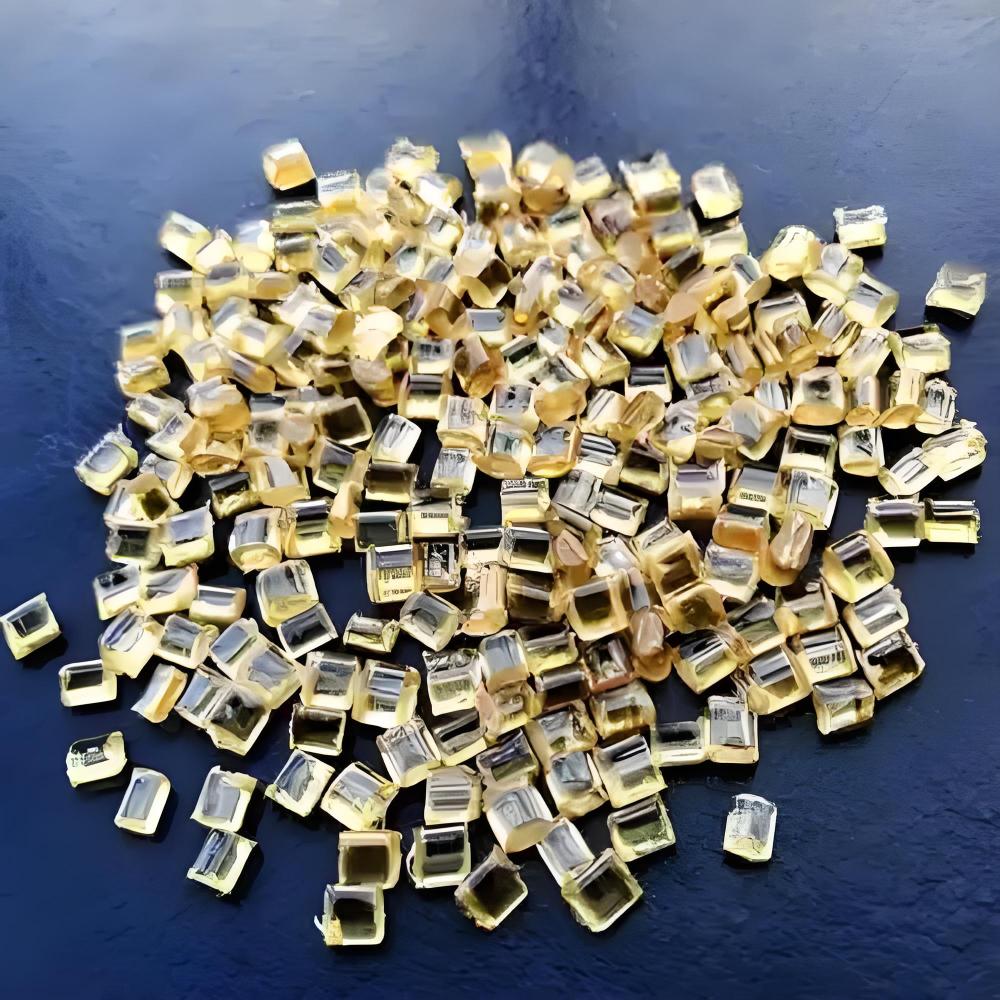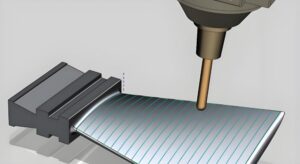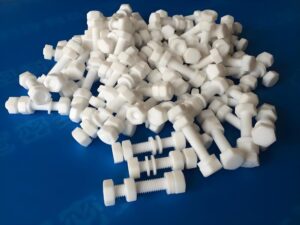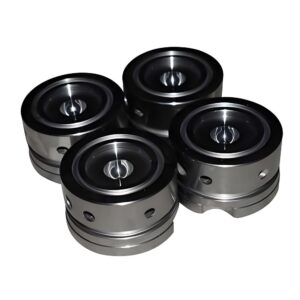In modern manufacturing, selecting the right material is crucial for creating reliable, long-lasting products. One material that has steadily gained recognition across multiple industries is Polyetherimide (PEI). Known for its exceptional heat resistance, mechanical strength, and chemical stability, PEI is widely used in aerospace, automotive, electronics, and medical applications. This article provides an in-depth look at Polyetherimide, including its properties, types, applications, and pros and cons, helping engineers and designers make informed material choices.
What is Polyetherimide (PEI)?
Polyetherimide (PEI) is a high-performance thermoplastic polymer prized for its strength, stability, and versatility. Unlike semi-crystalline plastics, PEI is an amorphous material, meaning it does not have a sharp melting point. This gives it excellent dimensional stability over a wide range of temperatures.
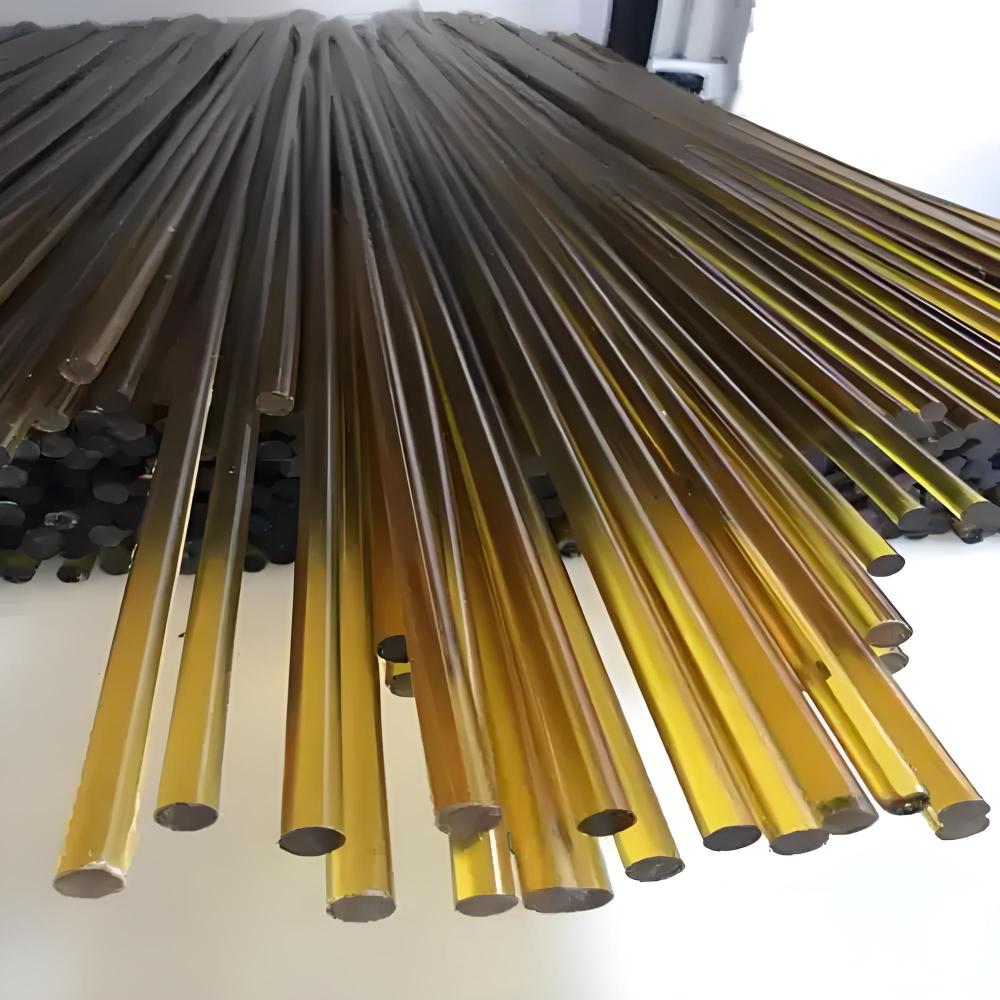
Developed to meet the demands of high-performance engineering applications, PEI offers continuous service at temperatures up to 170°C (338°F). It also resists hydrolysis, steam, and many chemicals, making it suitable for harsh industrial environments. Additionally, its inherent flame resistance and low smoke emission make it ideal for electrical and aerospace components. PEI also acts as an effective electrical insulator, enhancing its suitability for high-voltage and electronic applications.
Properties of Polyetherimide
Polyetherimide exhibits a unique blend of properties that make it highly versatile in industrial applications. These properties can be broadly categorized into mechanical and physical characteristics.
Mechanical Properties
PEI demonstrates exceptional mechanical strength, which is why it is often used in demanding structural components. Some of its notable mechanical properties include:
- High tensile strength: PEI can endure significant pulling forces without breaking, making it suitable for load-bearing applications.
- Impact resistance: Its toughness allows it to withstand sudden shocks, reducing the risk of cracking or deformation.
- Dimensional stability: PEI maintains its shape even under fluctuating temperatures, ensuring precision in engineering applications.
- Creep resistance: Over time, materials tend to deform under stress. PEI resists this slow deformation, making it reliable for long-term use in machinery and aerospace components.
These characteristics allow PEI to serve as a replacement for metals in some applications, providing similar mechanical performance while being lighter and more versatile.
Physical Properties
The physical properties of Polyetherimide contribute to its high performance in challenging environments:
- Thermal stability: PEI can maintain its properties across a broad temperature range, making it suitable for both high-heat and low-temperature applications.
- Chemical resistance: It resists acids, alkalis, and solvents, which allows it to function in aggressive environments without degradation.
- Flame retardancy: Polyetherimide is inherently flame-resistant and emits low smoke, which is crucial for electrical and aerospace industries.
- Transparency: Some grades of PEI are naturally transparent, opening possibilities for applications like protective covers and medical devices.
- Lightweight: Despite its strength, PEI is relatively light, which benefits industries aiming to reduce weight without compromising durability.
What Are Types of Polyetherimide
Polyetherimide is available in several types, each tailored to specific performance requirements. The most common types include:
- Unfilled PEI: This is the pure form of the polymer, offering excellent chemical resistance and thermal performance, often used in electronics and medical applications.
- Glass-Filled PEI: Reinforced with glass fibers, this type provides enhanced mechanical strength and rigidity, suitable for structural components.
- Flame-Retardant Grades: Specially formulated for use in electrical and electronic applications, these grades meet stringent fire safety standards.
- High-Flow PEI: Modified to have improved flow characteristics for injection molding, this type allows the production of intricate components without sacrificing mechanical properties.
- Transparent PEI: Maintains clarity while offering high performance, commonly used in medical devices, optical components, and protective barriers.
Each type of PEI offers distinct advantages, and selecting the right type depends on the specific demands of the application, including thermal exposure, mechanical load, and regulatory requirements.
Applications of Polyetherimide Material
The versatility of Polyetherimide has led to its adoption across various industries:
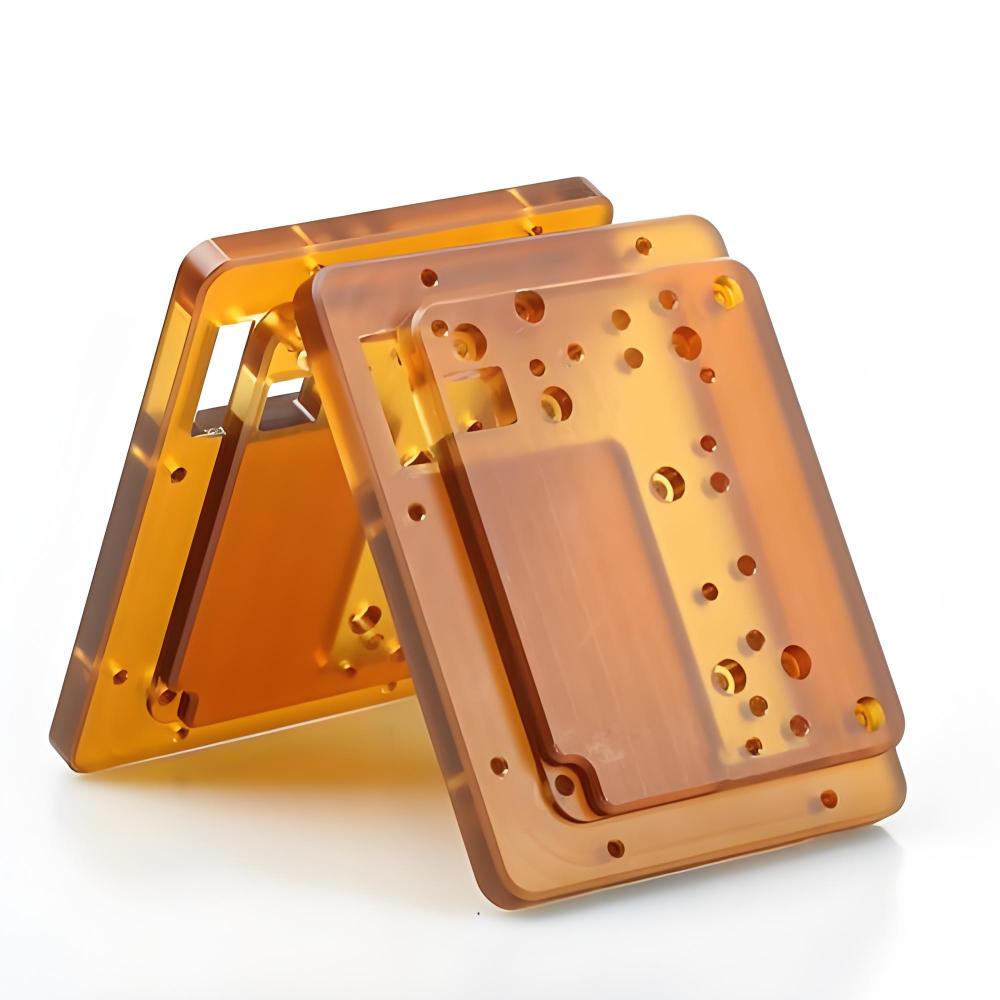
- Aerospace: PEI is used in aircraft interiors, seat components, and electrical connectors due to its lightweight, flame-retardant, and heat-resistant properties.
- Electronics: Its excellent electrical insulation makes it ideal for connectors, circuit boards, and insulating films.
- Automotive: PEI components are found in engine parts, transmission systems, and under-the-hood applications where thermal and chemical resistance is critical.
- Medical Devices: Transparent PEI is used in surgical instruments, sterilizable equipment, and diagnostic devices, benefiting from its chemical resistance and sterilization compatibility.
- Machinery: Due to its mechanical strength and wear resistance, PEI is employed in gears, bearings, and industrial machinery parts.
This wide-ranging applicability demonstrates why PEI has become a material of choice in high-performance sectors where reliability, safety, and longevity are essential.
Advantages and Disadvantages of Polyetherimide
Like all materials, Polyetherimide comes with both benefits and limitations. Understanding these factors is essential for informed material selection.
Advantages
- High thermal resistance: Maintains integrity under prolonged high temperatures.
- Mechanical strength: Offers high tensile and impact resistance.
- Chemical resistance: Performs well against acids, alkalis, and solvents.
- Dimensional stability: Maintains precise shapes in challenging environments.
- Flame retardancy: Inherently resistant to ignition with low smoke emission.
- Lightweight: Reduces overall weight in engineering applications without compromising strength.
Disadvantages
- Cost: PEI is more expensive than conventional plastics, which can be a consideration for large-scale applications.
- Processing challenges: Requires precise temperature control during molding due to its high viscosity.
- Limited UV resistance: Prolonged exposure to sunlight may cause discoloration or surface degradation, requiring protective coatings for outdoor applications.
- Brittleness at low temperatures: While impact-resistant, PEI can become brittle if exposed to extremely low temperatures for extended periods.
Despite these disadvantages, careful material selection and processing can mitigate most of these limitations, making PEI a reliable and long-lasting solution.
Precionn: Your Partner for High-Precision PEI Machining
For businesses seeking expert machining of high-performance materials like Polyetherimide, Precionn stands out as a trusted partner. With years of experience in the machining industry, Precionn delivers precision-engineered components tailored to meet the demands of aerospace, electronics, automotive, and medical sectors. Leveraging advanced technology and a skilled team, Precionn ensures that every PEI component meets the highest standards of quality, reliability, and performance for international customers.

